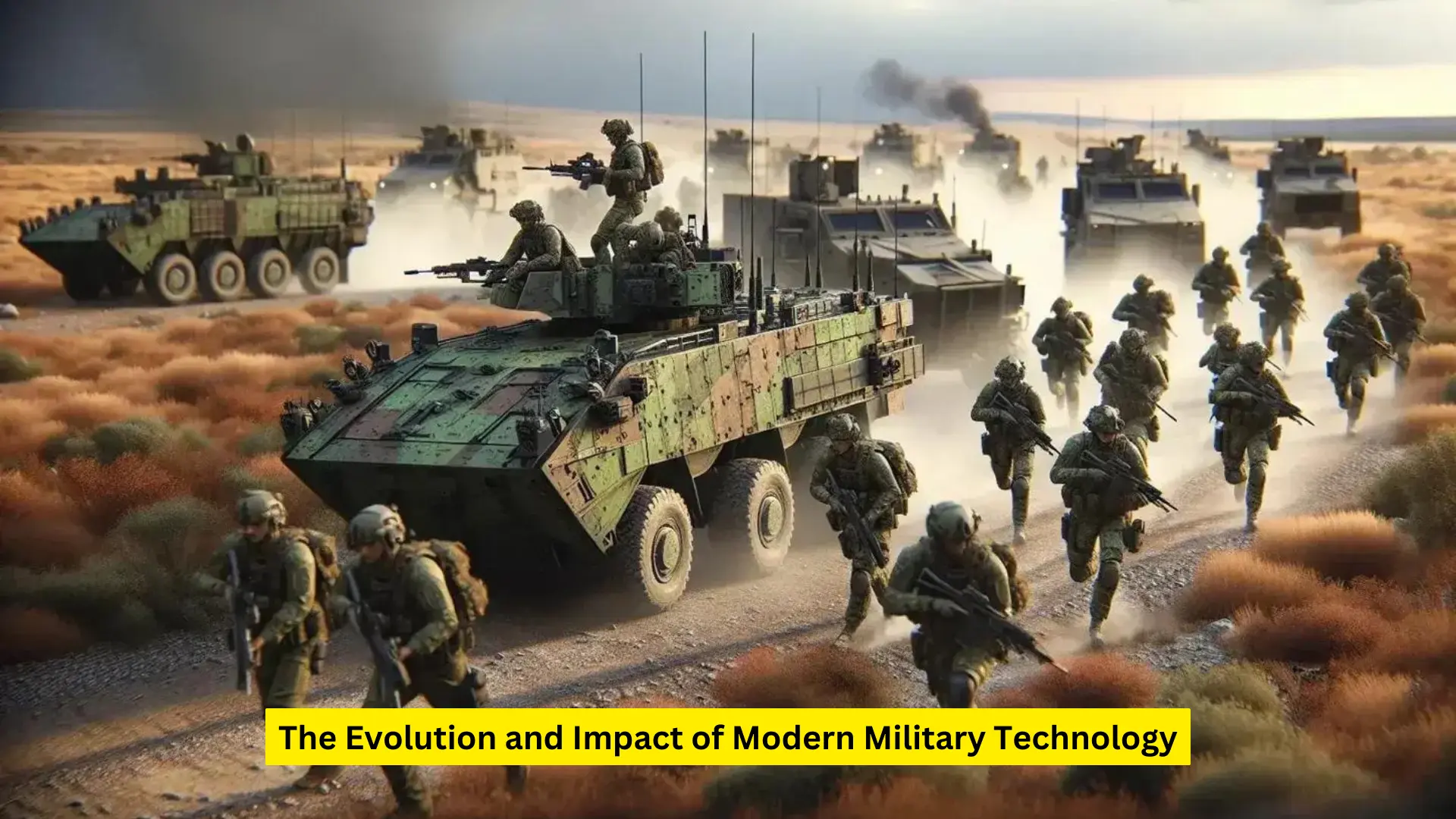In recent years, the landscape of military technology has experienced rapid advancements, fundamentally altering the dynamics of defense strategies and international security. This transformation is driven by technological innovations and strategic shifts, positioning military technology at the forefront of global security discussions. In this article, we delve into the evolution, impact, and future prospects of modern military technology, exploring its role in shaping the defense mechanisms of nations worldwide.
The Historical Evolution of Military Technology
Military technology has undergone a profound evolution, marked by significant milestones that have redefined warfare. From the invention of gunpowder in the medieval era to the development of nuclear weapons in the 20th century, each innovation has brought about a paradigm shift in military tactics and strategies. The Industrial Revolution catalyzed a surge in technological advancements, leading to the creation of more sophisticated weapons and machinery.
The Role of Artificial Intelligence in Modern Warfare
Artificial Intelligence (AI) has emerged as a game-changer in modern warfare, enhancing the capabilities of military systems and operations. AI-driven technologies, such as autonomous drones, predictive analytics, and intelligent surveillance systems, have revolutionized the way military operations are conducted. These technologies enable real-time data analysis, improved decision-making, and enhanced operational efficiency.
Autonomous Drones
Autonomous drones, equipped with AI, have become pivotal in modern military operations. These drones can perform reconnaissance missions, target identification, and even combat operations without human intervention. Their ability to operate in hostile environments and gather critical intelligence has made them indispensable in contemporary warfare.
Predictive Analytics
Predictive analytics, powered by AI, allows military strategists to anticipate potential threats and devise proactive measures. By analyzing vast amounts of data, predictive analytics can identify patterns and trends, enabling military forces to make informed decisions and optimize resource allocation.
Intelligent Surveillance Systems
Intelligent surveillance systems leverage AI to enhance monitoring and reconnaissance capabilities. These systems can process and analyze video feeds in real time, identifying suspicious activities and potential threats. This capability is crucial for maintaining situational awareness and ensuring national security.
Cyber Warfare: The New Battleground
Cyber warfare has emerged as a critical component of modern military strategy, with nations investing heavily in cyber capabilities to protect their interests. Cyber attacks can disrupt critical infrastructure, steal sensitive information, and undermine national security. As a result, cyber defense has become a top priority for military organizations worldwide.
Cyber Defense Strategies
To counter the growing threat of cyber attacks, military organizations are implementing robust cyber defense strategies. These strategies include the development of advanced cybersecurity technologies, the establishment of cyber command centers, and the recruitment of skilled cybersecurity professionals. Additionally, nations are collaborating on an international level to share intelligence and develop joint defense mechanisms.
Offensive Cyber Capabilities
In addition to defense, nations are also focusing on developing offensive cyber capabilities. These capabilities enable military forces to conduct cyber operations against adversaries, disrupting their communication networks, disabling critical systems, and gathering intelligence. Offensive cyber operations can serve as a deterrent, preventing potential attacks by showcasing a nation’s cyber prowess.
The Integration of Space Technology in Defense
The integration of space technology in defense has opened new frontiers in military strategy. Satellites play a crucial role in communication, navigation, and intelligence gathering, providing military forces with a strategic advantage. The development of anti-satellite weapons and space-based defense systems highlights the increasing importance of space in modern warfare.
Satellite Communication and Navigation
Satellites enable secure communication and precise navigation for military operations. They provide real-time data on troop movements, weather conditions, and geographical information, enhancing operational efficiency and coordination. Satellite communication ensures that military forces can maintain connectivity even in remote and hostile environments.
Intelligence Gathering and Surveillance
Satellites equipped with advanced sensors and imaging technology are instrumental in intelligence gathering and surveillance. They can monitor adversaries’ activities, detect missile launches, and provide early warning of potential threats. This capability is vital for maintaining strategic advantage and ensuring national security.
Space-Based Defense Systems
The development of space-based defense systems is a testament to the strategic importance of space in modern warfare. These systems include anti-satellite weapons, missile defense platforms, and space-based lasers. They provide a defensive shield against potential attacks, ensuring the security of space assets and enhancing overall defense capabilities.
The Future of Military Technology
The future of military technology is poised to witness unprecedented advancements, driven by innovations in quantum computing, nanotechnology, and biotechnology. These emerging technologies have the potential to revolutionize military operations, offering new capabilities and redefining the concept of warfare.
Quantum Computing
Quantum computing promises to transform military technology by offering unparalleled processing power and speed. It can enhance cryptographic techniques, enabling secure communication and data protection. Quantum computing can also optimize complex simulations and modeling, aiding in strategic planning and decision-making.
Nanotechnology
Nanotechnology has the potential to revolutionize military equipment and systems. It can lead to the development of lightweight and durable materials, enhancing the performance of military vehicles and armor. Additionally, nanotechnology can enable the creation of advanced sensors and surveillance devices, providing a tactical edge in combat situations.
Biotechnology
Biotechnology is poised to impact military medicine and soldier health. It can lead to the development of advanced medical treatments, including regenerative medicine and genetic enhancements. Biotechnology can also enable the creation of biosensors and wearable devices, monitoring soldiers’ health and ensuring optimal performance in the field.
Conclusion
The evolution and impact of modern military technology are profound, shaping the defense strategies and capabilities of nations worldwide. As technological advancements continue to accelerate, military forces must adapt and innovate to maintain their strategic advantage. By leveraging the potential of AI, cyber capabilities, space technology, and emerging technologies, nations can ensure their security and preparedness in an increasingly complex global landscape.

